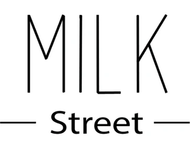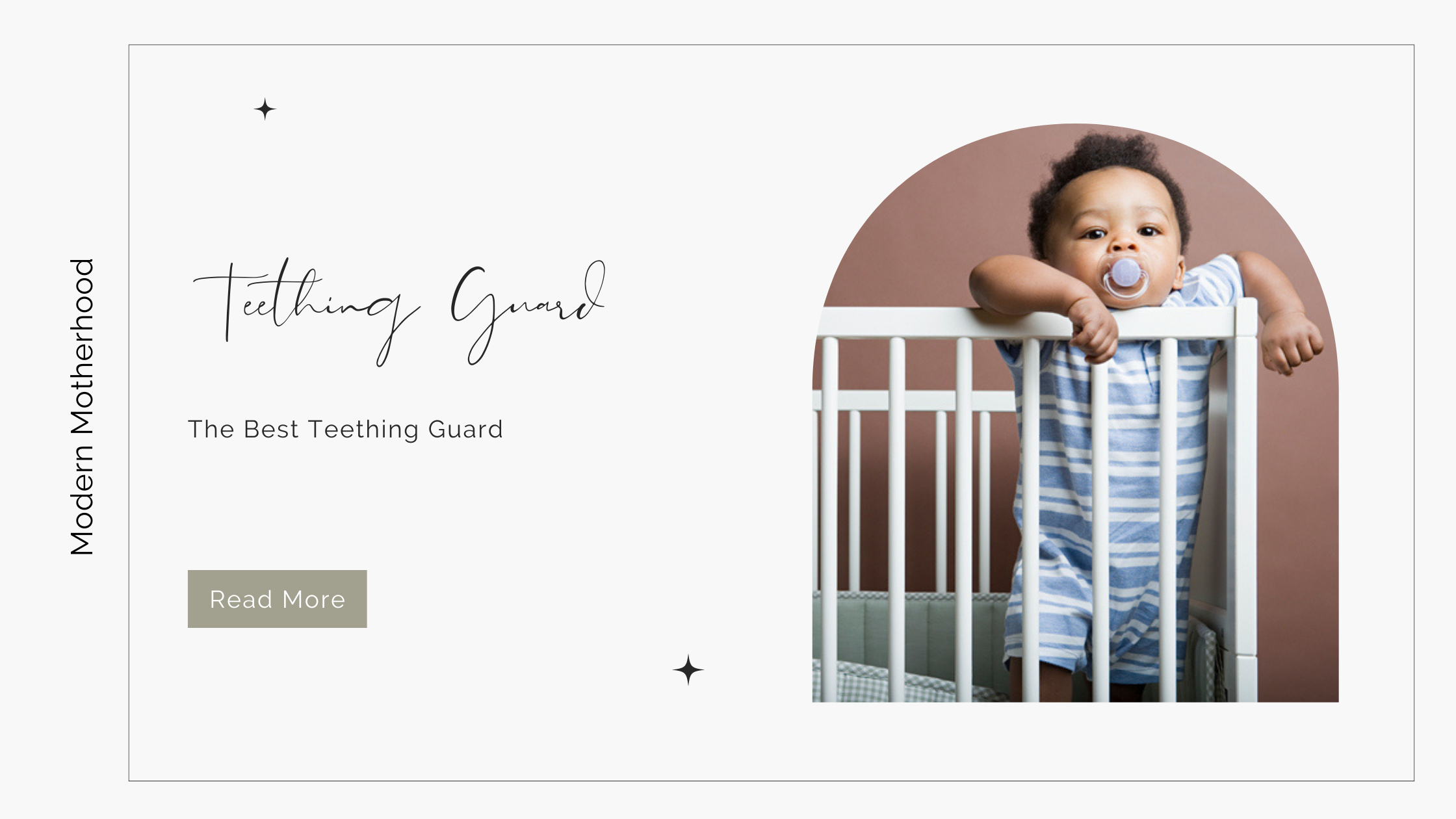The Best Teething Guards

I will never forget the morning I walked in and saw bite marks on my son's crib. A crib that I had hoped to pass down to future children now had small bite marks all over it. I quickly took my questions to the internet and started researching all things crib teething.
Why Babies Chew on Cribs
When it comes to why babies choose their crib rail as a teething solution there are a few different theories. The most popular theory is that, when babies are going through teething and get bored in their crib, they may chomp down on their crib discovering that it feels good on their gums. A dentist with New York General Dentistry stated that, “Early on in a child’s life, it is very common and normal for them to explore their environments by placing things in their mouth. They learn by tasting and feeling the texture of objects with their mouths” (NY Health).
Chewing on something like a crib, helps to soothe teething discomfort and helps the teeth in breaking through the gum tissue. Babies can begin teething as early as 3 months and can continue until a child is 3 years old! Teething may ebb and flow depending on which teeth are breaking through at any given time.

What to do About it
When you first notice signs of teething you can supply your baby with plenty of teething toys to deter them from chewing on other things. There are also several different types of toys to choose from, depending on your baby’s specific needs. A brand I recommend for the modern mother is LouLou Lollipop. Their teething items are made of high-quality food grade silicone and are bpa free, phthalates free, and hypoallergenic. You can shop for them here.
Along with teething toys you should check to make sure their crib material isn’t full of harmful toxins. Many older crib models went through processes that involved large quantities of chemicals and used lead-based paints or sealants—making them poisonous for infants to consume. For this reason, the key to keeping your child safe is to switch out your current crib for something more natural and compliant with modern safety standards. Milk Street has many incredible options that you can find here.

The next thing you should do if your baby chews on their crib is to place soft guards around the model’s railings and bars. Silicon padding is often the most popular option for this purpose, as it’s flexible enough to be gentle on your baby’s first teeth but firm enough to protect the crib. These cushions also tend to be large, so babies struggle to get their mouths around them, making it less likely that they’ll chew on them at all.
Silicone is the most popular, but if you are looking for the best organic option I would recommend the Eco-Teether Rail Cover from Babee Talk! Just a bit of background on the rail cover, “Proudly made in the USA, the soft organic cotton shell and batting contain no heavy metals, no chemical flame retardants and use only low-impact, non-toxic dyes (Parent Tested Parent Approved). What’s better than a machine washable item that will help your babies pearly whites come through?!
Wrapping Up
It should come as no surprise that teething is uncomfortable.
In fact, most babies end up slightly sick during their teething time, and you might find that they will chew on anything. I recommend taking the preventative steps above and rest assured that this time is only temporary.
You got this mama.

